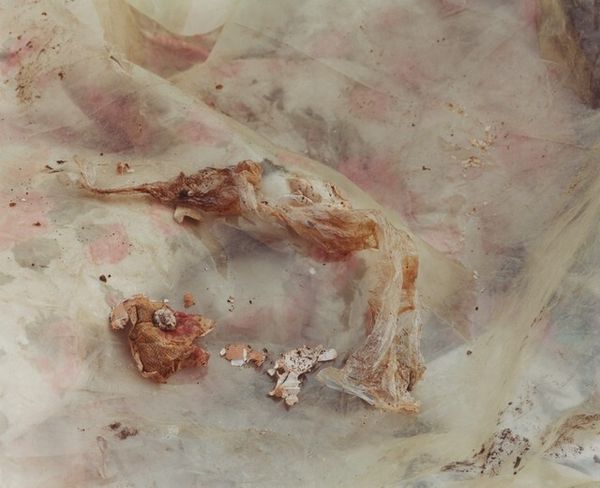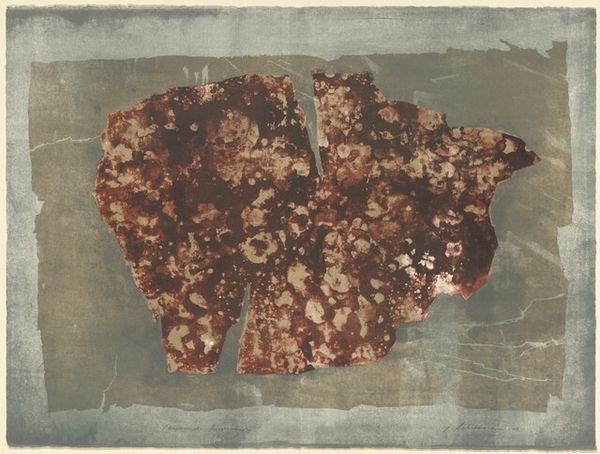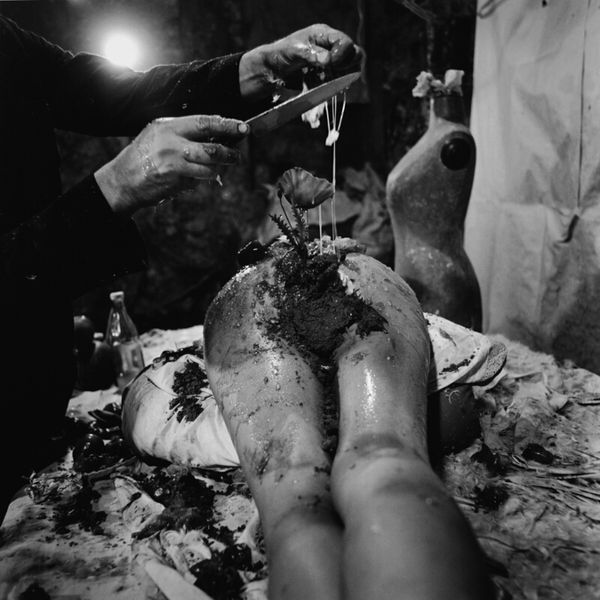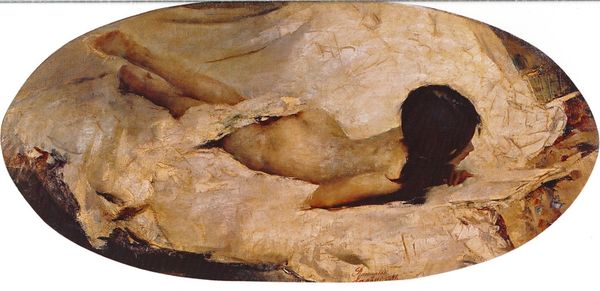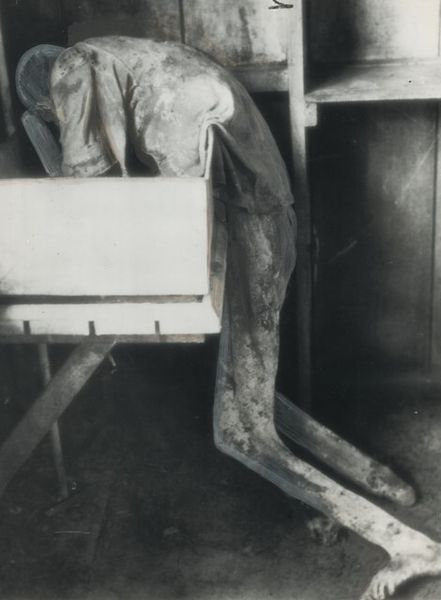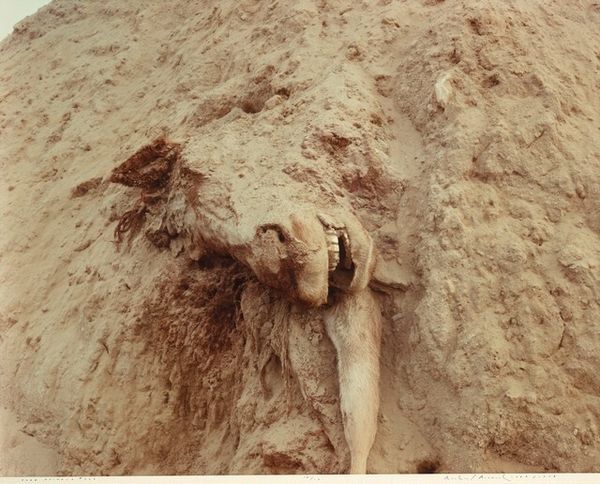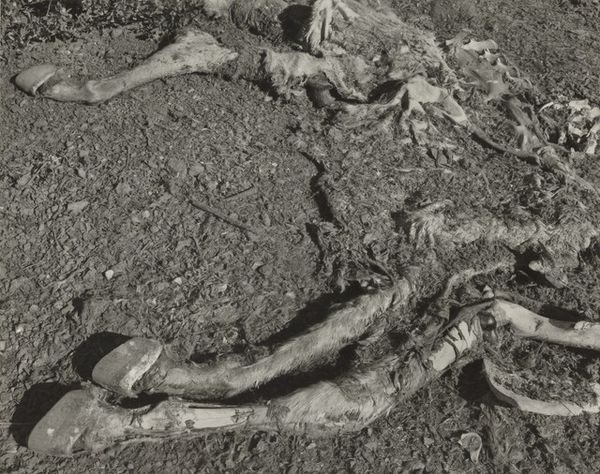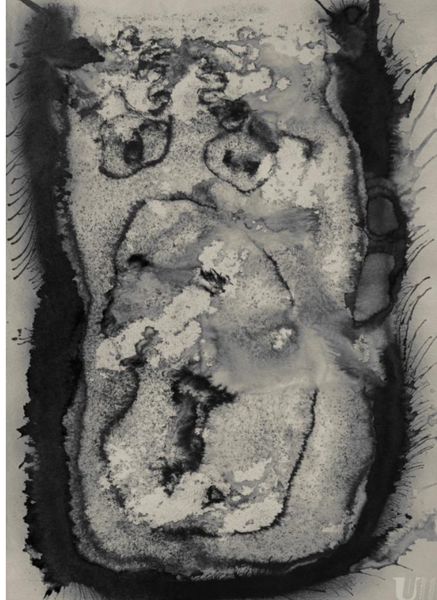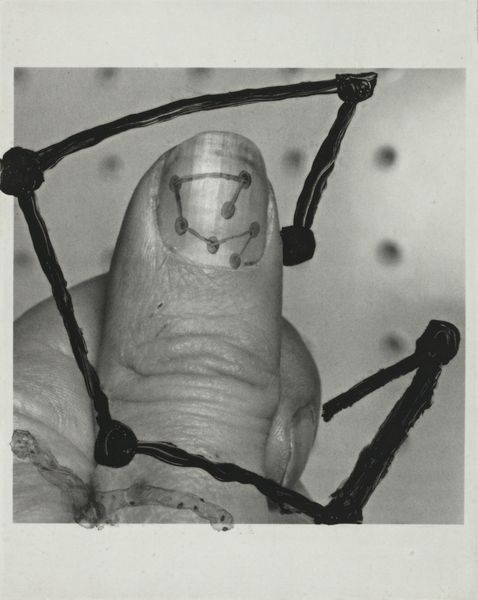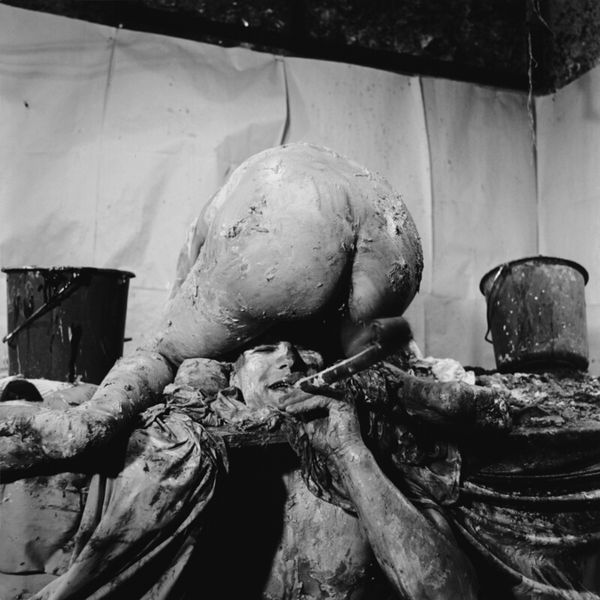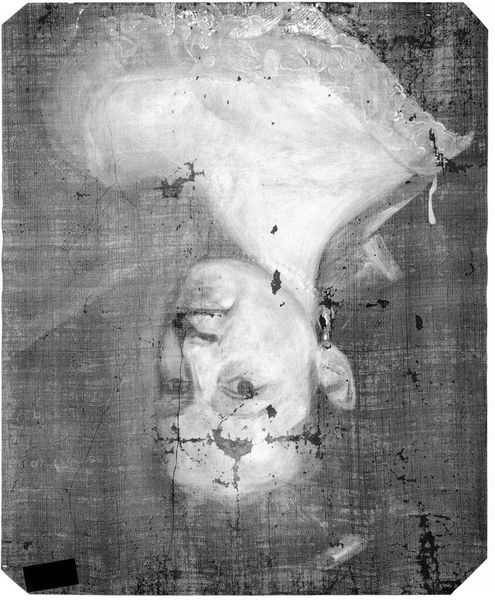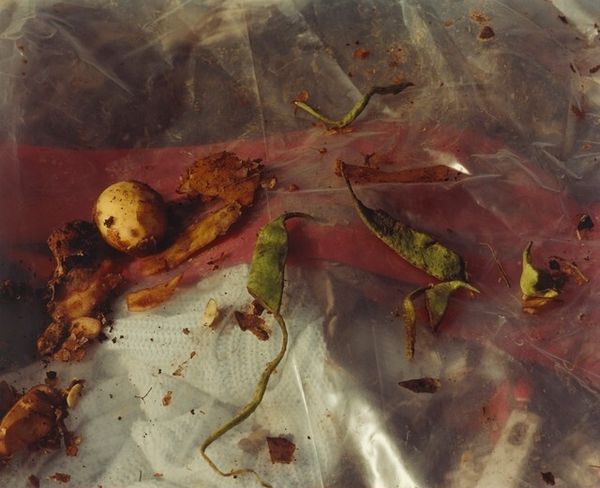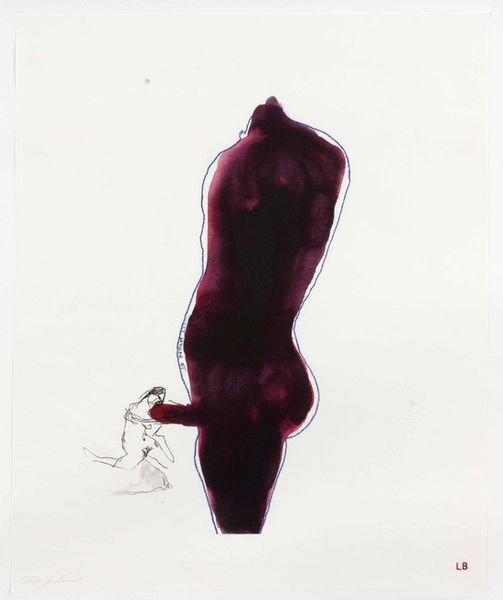
Dimensions: support: 506 x 608 mm
Copyright: © The estate of Keith Arnatt | CC-BY-NC-ND 4.0 DEED, Photo: Tate
Curator: Keith Arnatt's photograph, "Pictures from a Rubbish Tip," presents... well, precisely that. My initial reaction is a visceral cringe. Editor: Yes, there’s a deliberate challenge to our sensibilities, isn’t there? The raw meat, glistening under what I imagine is harsh light, evokes a sense of waste, but also something primeval. Curator: I see what you mean. It's interesting that Arnatt, known for his conceptual work, turns to something so…literal, yet loaded with symbolic weight. It makes you question the act of consumption, and what society deems disposable. Editor: Exactly. Meat, particularly in Western culture, carries so many loaded meanings – prosperity, virility, but also death and decay. And here it is, exposed in its discarded state, forcing us to confront those associations head-on. Curator: And perhaps to reflect on our own participation in this cycle. It’s a messy, uncomfortable image, but that’s precisely its power, I think. Editor: Indeed. It lingers, doesn't it? A stark reminder of what we choose to ignore.
Comments
tate 6 months ago
⋮
http://www.tate.org.uk/art/artworks/arnatt-pictures-from-a-rubbish-tip-t13168
Join the conversation
Join millions of artists and users on Artera today and experience the ultimate creative platform.
tate 6 months ago
⋮
Pictures from a Rubbish Tip 1988–9 is a series of five large colour photographs by the British artist Keith Arnatt featuring close-up shots of rubbish that has been dumped at a local tip. In each photograph, the lens focuses upon select pieces of discarded food – such as bread, chicken bones and vegetables – that lie on clear and pale-coloured plastic bags. These bags both reflect and diffuse the surrounding daylight, highlighting the varying hues of the rubbish so that the scenes appear brightly coloured and partly abstract. Although the types of rubbish shown and their exact position within the compositions varies slightly, each is presented at an apparently fixed distance from the camera and this, as well as the similar lighting effects used across the five works, creates a sense of cohesion in the series.
